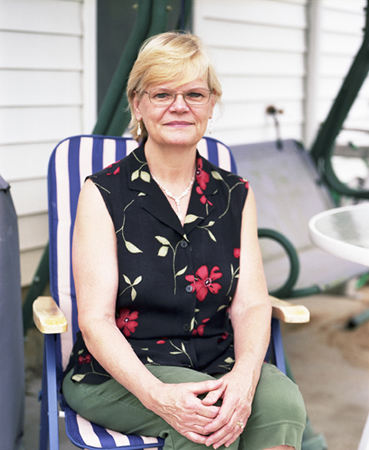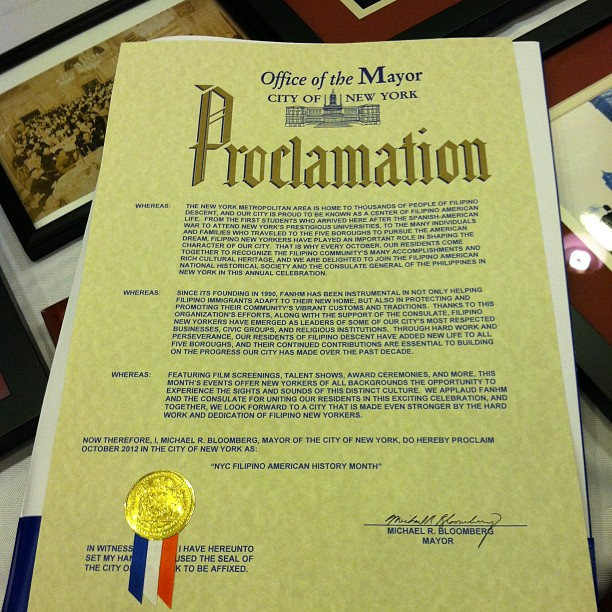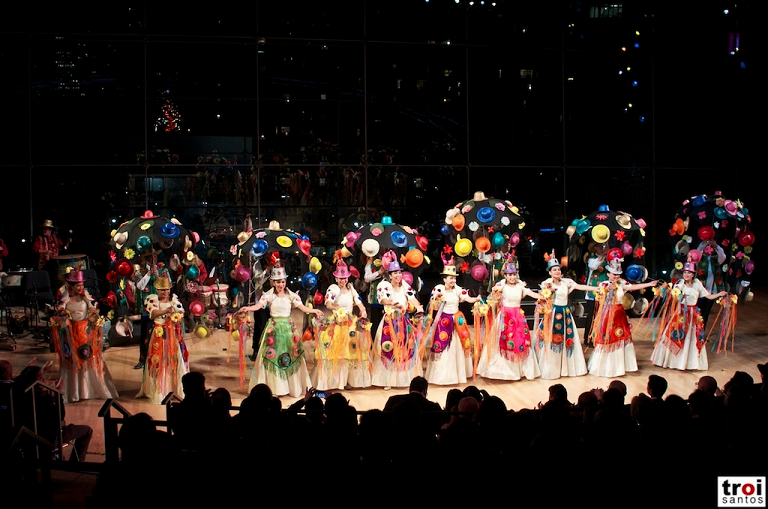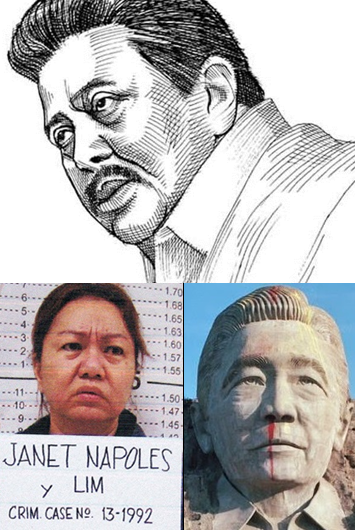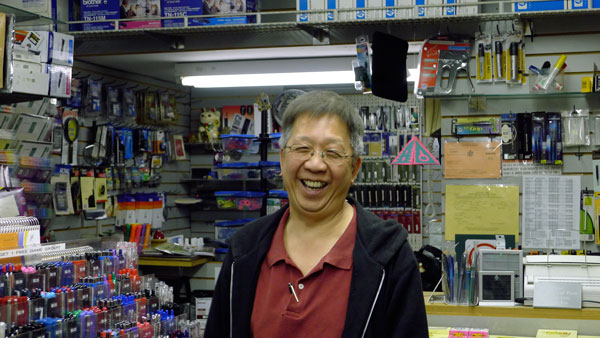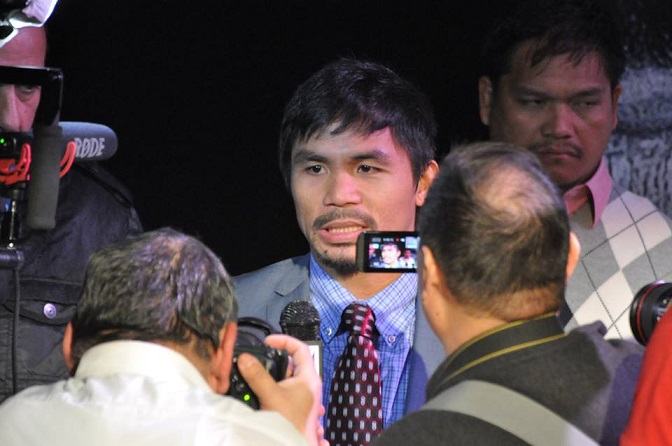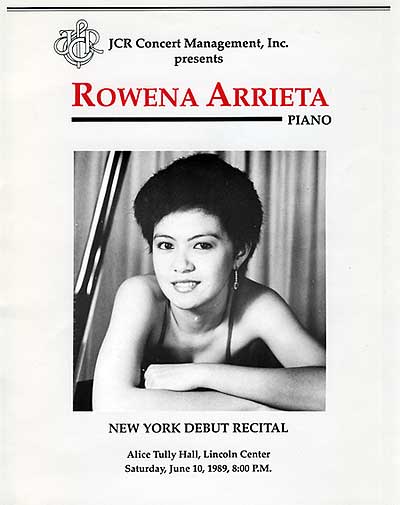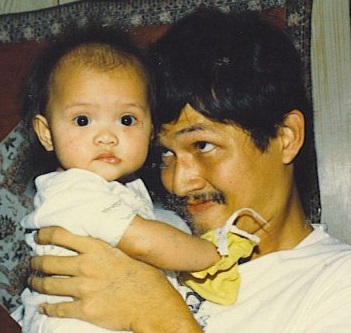Ferguson and Filipinos: What’s it got to do with us?
By Erwin de Leon
The protests in Ferguson, Missouri have calmed down, in stark contrast to the initial days of violence incited by the fatal shooting of Michael Brown, an unarmed black teenager, by a white policeman and spurred by a militarized police response and general insensitivity to the majority African American community.
The issue, however, is far from settled. I’m not talking about the various versions of how the senseless murder took place. I am talking about the fact that African Americans as a group live a harsher, more disadvantaged, and segregated reality than other racial/ethnic groups in a country that is supposed to value freedom, equality, and justice.
Consider some statistics listed by Monique W. Morris, co-founder of the National Black Women’s Justice Institute:
-The unemployment rate for African Americans with a four-year college degree is 8 percent, almost double the unemployment rate for similarly educated whites;
-The current real median income for African American households is 16.8 percent lower than its pre-2001 recession peak;
-42 percent of African American children are educated in high-poverty schools, compared to 38 percent of Latino children, 15 percent of Asian and Pacific Islander children, and 6 percent of white children;
-African American youth make up 16 percent of public school students nationwide but account for 35 percent of suspensions and 39 percent of expulsions;
-Only 16 percent of persons under the age of 18 nationwide are African American but 32 percent of total juvenile arrests are of African American youth; and
-25 percent of elderly African American voters, compared with 8 percent of elderly whites, do not possess the identification that would be required under new photo-ID laws introduced in 40 states before the 2012 election.
In addition to systemic and structural disadvantages, African Americans are subject daily to racism, their lives determined in large part by the color of their skin. Racist stereotypes of black men and youth persist, which lead white police officers to profile, target, beat up, and indiscriminately shoot unarmed citizens – and black parents to instruct their children to be wary of the very people who are supposed to protect them.
The shooting of another unarmed black youth and the alternate reality of African Americans leave me profoundly saddened and exhausted by Race in America, a cancer that festers, seemingly incurable. Yet I can hear some kababayans, fellow Filipinos, and other Asians asking what Ferguson has to do with us.
I say look at the mirror and open your eyes. We too are people of color and we share a whole lot more with African Americans, more than with whites, and more than some of us would like to admit.
First, as Asians, we share a history of being brought here to provide cheap labor while being denied basic rights. In the 1800s, Chinese were drawn to the United States to mine for gold and build the Transcontinental Railroad. Yet it didn’t take long for Chinese immigrants to be lynched and murdered during the anti-Chinese movement. In 1882, the Chinese Exclusion Act effectively ended immigration from China and prevented Chinese immigrants and their native-born children from becoming U.S. citizens.
The U.S. annexation of the Philippines at the turn of the 20th century attracted Filipinos to work the canneries in Alaska and farms in California. In 1929, anti-Filipino riots erupted in California, after Filipino men displaced white farm hands and socialized with white women. In 1941, President Roosevelt issued Executive Order 9066 which revoked the rights of Japanese Americans and sent over 100,000 women, men, and children to internment camps scattered throughout the United States. Five years later, President Truman signed the Rescission Act of 1946 which took away veterans benefits pledged to 250,000 Filipino service members who courageously fought for America in World War II.
Today, we are valorized as being model minorities – hard-working, acquiescent, and agreeable – so long as we act the part and keep our place. Following Ferguson, Colorlines reporter Julianne Hing points out that we and other Asians in America are faced with three choices: invisibility, complicity, or resistance.
In a letter to supporters of 18 Million Rising, Pakou Her, the Asian American group’s campaign director, writes: “As Asian Americans and Pacific Islanders, Ferguson is a call to action and solidarity. While our experiences with racism are not the same as the trauma of racism lived by Black people, there are plenty of reasons to be enraged about the damage being wrought by systemic oppression. If we as AAPIs fail to act, if we remain silent and choose to fill the shoes of the ‘model minority,’ we have chosen the side of oppression.”
So, which do you choose? Will you remain silent and feed the racial cancer we all suffer? Or will you act? Nasa inyo na ‘yan, it’s your call.
Erwin de Leon is a policy researcher and writer. You can follow him on Twitter at @erwindeleon.

